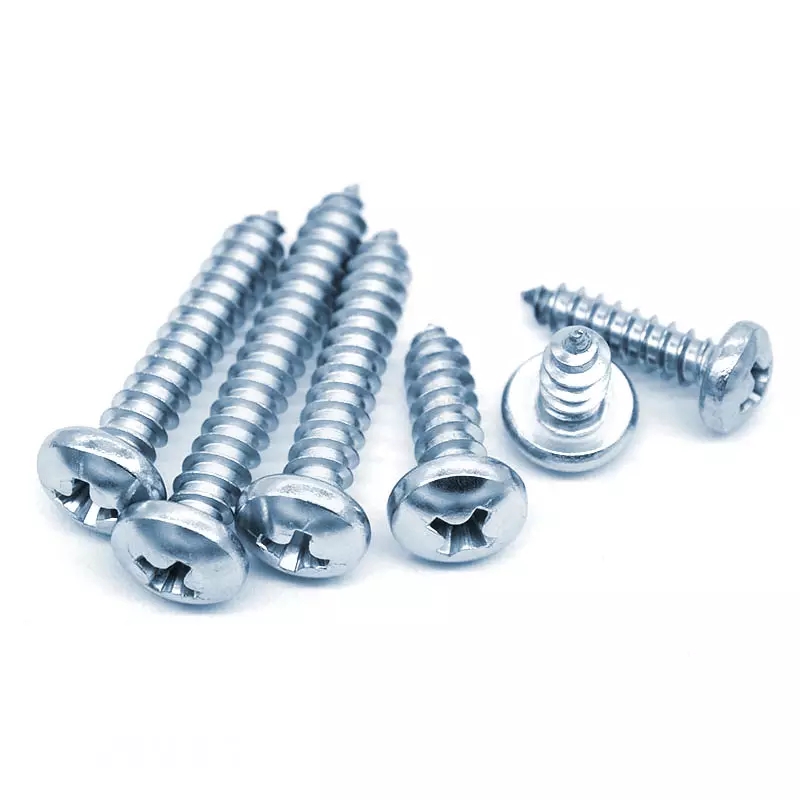- Time:2023/09/18 Posted:Dongguan prospect hardware accessories co.,ltd
Exploring the Intricacies of Screw Production
Have you ever wondered how screws are produced? Screws are an essential component in many industries, from construction to electronics. In this article, we will delve into the various production processes involved in creating these small but vital fasteners.
The Raw Materials
The first step in screw production is sourcing the raw materials. Screws are typically made from metals such as steel, stainless steel, and brass. These materials are chosen for their durability, strength, and resistance to corrosion. The raw materials are carefully selected to ensure the highest quality of the final product.
Cold Heading
Once the raw materials are obtained, the next step is the cold heading process. Cold heading involves the transformation of a metal wire into the basic shape of a screw. The wire is fed into a machine that cuts it into the desired length and shapes the head of the screw. This process is carried out at room temperature, hence the name "cold" heading.
Thread Rolling
After the cold heading process, the screws undergo thread rolling. Thread rolling is the process of forming the helical ridges known as threads on the shank of the screw. This is achieved by pressing the screw against hardened steel dies, which shape the threads. Thread rolling creates a stronger and more precise thread compared to other methods like thread cutting.

Heat Treatment
To enhance the mechanical properties of the screws, heat treatment is performed. The heat treatment process involves subjecting the screws to high temperatures and then rapidly cooling them. This process alters the microstructure of the metal, resulting in increased hardness, strength, and resistance to wear and tear.
Surface Coating
Surface coating is the final step in the production of screws. This process involves applying a protective coating to the screws to enhance their appearance and increase their resistance to corrosion. Common types of surface coatings include zinc plating, hot-dip galvanizing, and epoxy coatings.
In conclusion, the production of screws involves several important processes, including cold heading, thread rolling, heat treatment, and surface coating. Each step contributes to the overall quality and functionality of the screws. The manufacturing of screws is a precise and intricate process that ensures these tiny fasteners can withstand the test of time in various applications.
